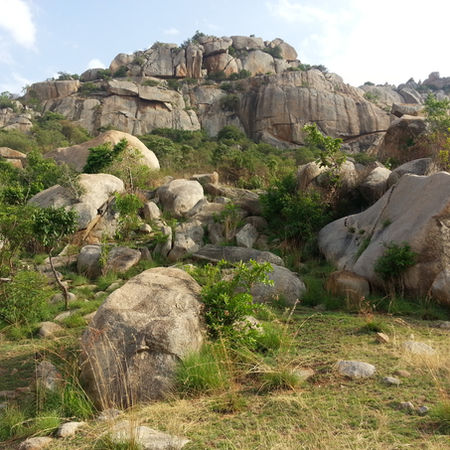
Long-term population monitoring
Long-term population monitoring of leopards in the Western Ghats and Deccan Plateau area, crucial to gauging the abundance and density estimates over a longer period of time and across changing variables.
Leopards, apart from being charismatic animals, are known for their remarkable adaptability. Unfortunately, their adaptability, coupled with their varied diet, also makes them a highly conflict-prone species in India. This, along with other threats such as poaching, vehicular collisions, habitat loss and fragmentation, direct persecution, and more, has led to a huge decline in their historical range. The distributional range of the subspecies Panthera pardus fusca falls majorly within India and thus remains its primary stronghold.
Even though they are widely distributed, there is a lack of reliable population data in India, especially outside protected areas. Population studies can be used to design and implement conservation plans to protect leopards. Long-term population monitoring helps evaluate any existing conservation plans and identify previously unknown threats to leopards. Additionally, estimating densities and abundance across study sites that vary in resources and threats can help in understanding regional density variation.
Our work aims at establishing baseline data for population density and abundance of leopards in protected areas, multiple-use forests, as well as human dominated landscapes in Karnataka. Since we started the camera-trapping process in 2012, we have identified 773 individual leopards. This is the first of its kind exercise to build a repository for leopards in India.
A total of 31 sites, covering an area of 4,297 sq. km., have been surveyed till date which include five protected areas, and 26 multiple-use forests (reserved/state/minor forests) and other natural and human-modified habitats. Population monitoring is carried out using the capture-recapture technique and occupancy surveys.
In addition to leopards, a species that piqued interest was the ratel or the honey badger (Mellivora capensis) for the first time in Karnataka in 2014. In 2018, the brown mongoose (Urva fuscus), a cryptic species restricted to the Western Ghats, was photo documented in Biligiri Rangaswamy Tiger Reserve (BRT) extending its range south-east of its previous records. During the 2020 survey in Cauvery Wildlife Sanctuary, the Indian Grey Wolf (Canis lupus pallipes) was photo-captured making it the southernmost record in India. We also recorded the Chinkara or Indian gazelle (Gazella bennettii) in 2015, at a reserve forest known as the Bukkapatna Reserve Forest. This discovery was instrumental in notifying the forest as the Bukkapatna Chinkara Wildlife Sanctuary, the second of its kind in Karnataka.
Project Gallery






.png)